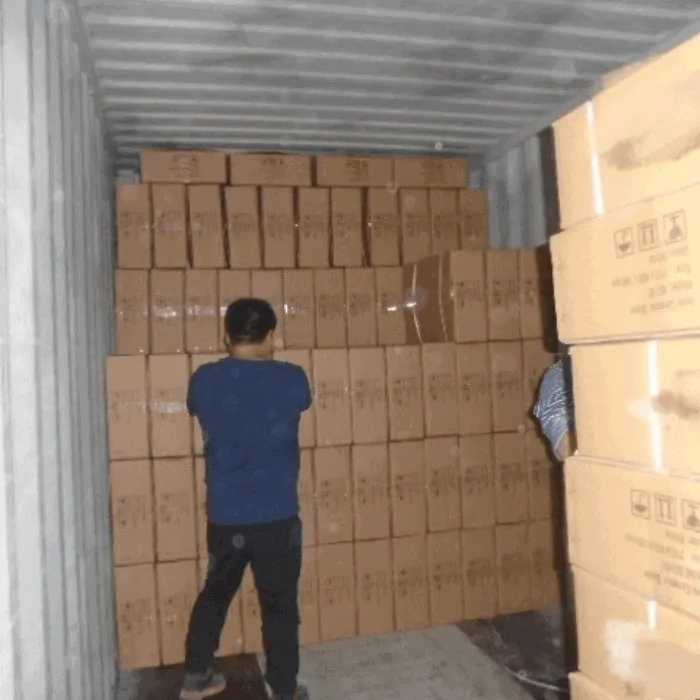The Engineering Behind the Modern Ceramic Basin & Toilet
A manufacturing process to fulfill your specific ceramic basin & toilet order.
Sunrex ceramic basin & toilet manufacturing facility
Our facility is located in Chaozhou, China, and manufactures more than 75,000 pieces ceramic basins, and 10,000 pieces ceramic toilets per month. Based on the modern factory and experienced know-how team, our ceramic basin and toilet production is intended for the premium end of the kitchen and bath, as well as building material industry.
Your benefits in our figures
20
– High Pressure Slip Casting Lines –
Lower cost when producing in low volumes. Sunrex’s production lines function diverse basin or toilet production simultaneously.
2,500+
– Pcs of basins and toilets daily –
React to market quickly. Our bulk production allows businesses to move through production phases quickly and easily.
1,000+
– Instock styles –
the foremost advantage of stocking a huge amount of molds in-house is the flexibility.
Step by step process
#1. Raw Material Preparation
Raw materials that we primarily use in the manufacture of ceramic basins and toilets are gaolin, feldspar, and quartz, etc..
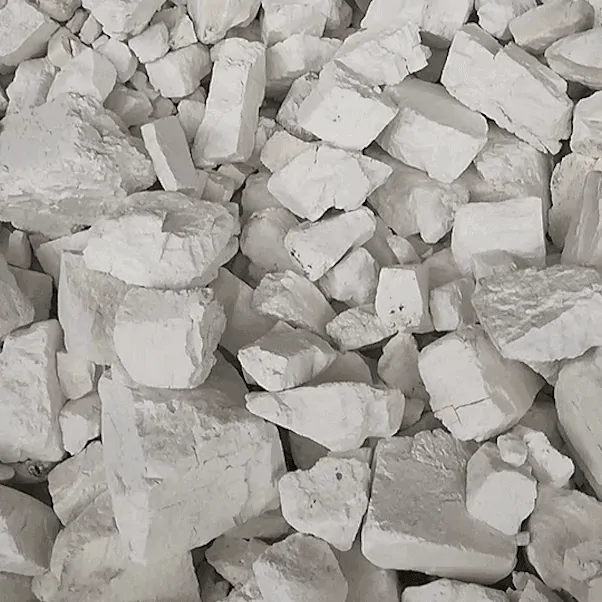
Gaolin
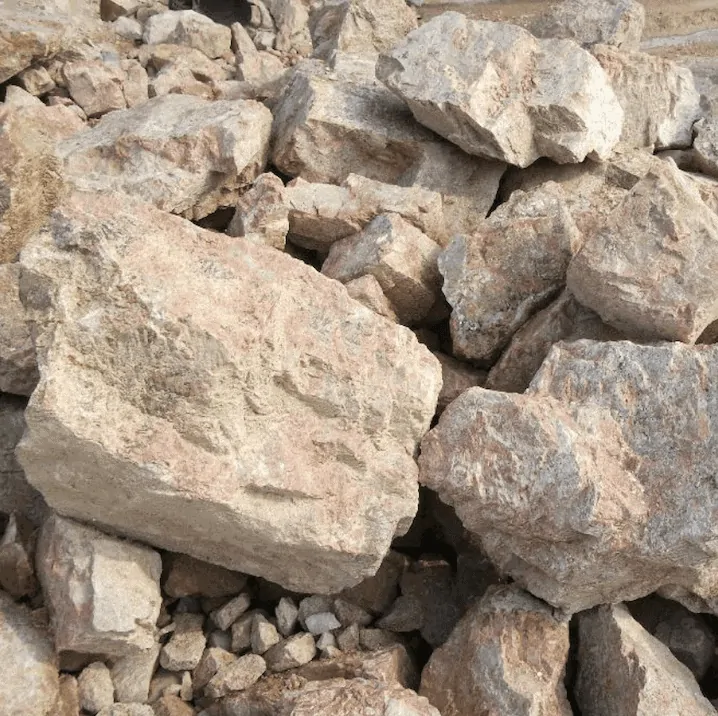
Feldspar
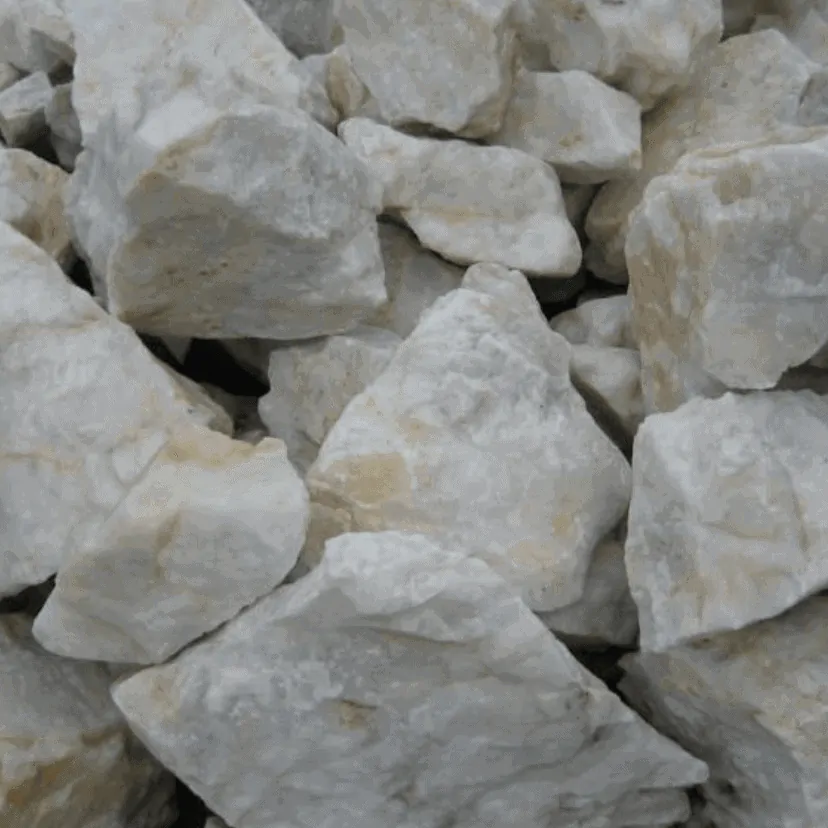
Quartz
#2. Stirring The Clay
According to the composition, the mud of raw materials proportionally goes into the water pump, then to the mud pool after filtered. The compositions are well tested before the next progress.
As the production of ceramic basin and toilet is a continuous process, the clay is stirring continuously and done to fill into the production moulds by pipes since the moulding begins.
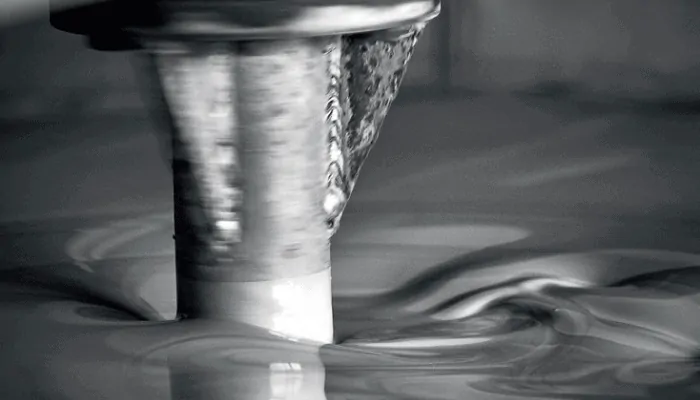
#3. Moulding
• High Pressure Casting
High pressure casting is the latest manufacture method, to quicken the production (4 times than standard moulding), ensure the higher quality, and it is not affected by the weather. From the year of 2018, some of our ceramic basin and toilet models have been applied for high pressure casting and are appreciated from the markets.
• Standard Moulding
The clay goes into the clean production moulds through the transferring pipes within several minutes. It will keep still until the shape of ceramic basin or toilet is well formed. Then the cover will be open for drying.

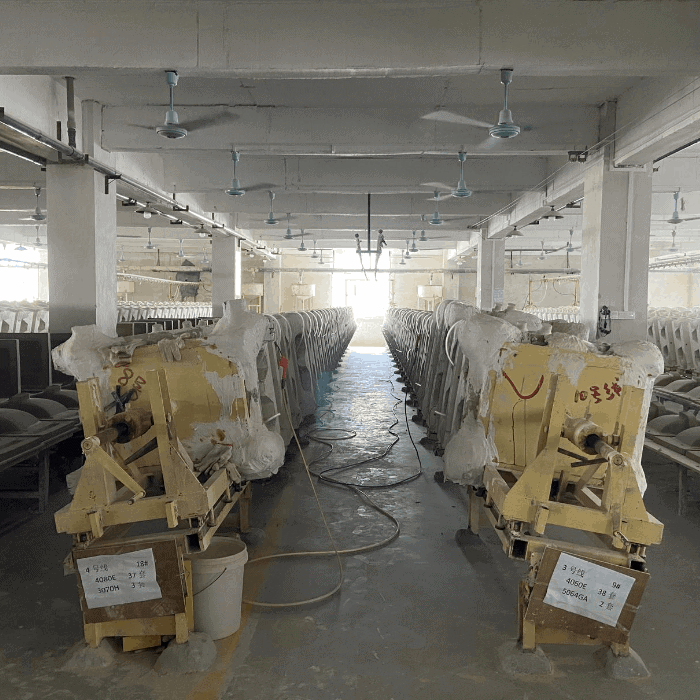
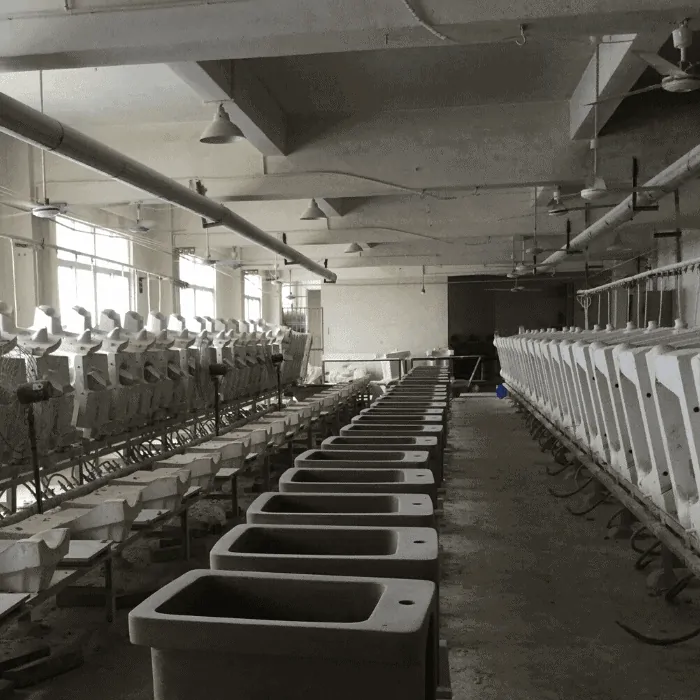
#4. 1st Time Drying
Once the ceramic basin or toilet is formed initially, the faucet hole, overflow hole (if needed), and drainer hole will be made. Then the basin will be dried in the natural air or under the industrial fan. When it’s dried to 60% to 70%, it could proceed to the ceramic basin or toilet body repair state.
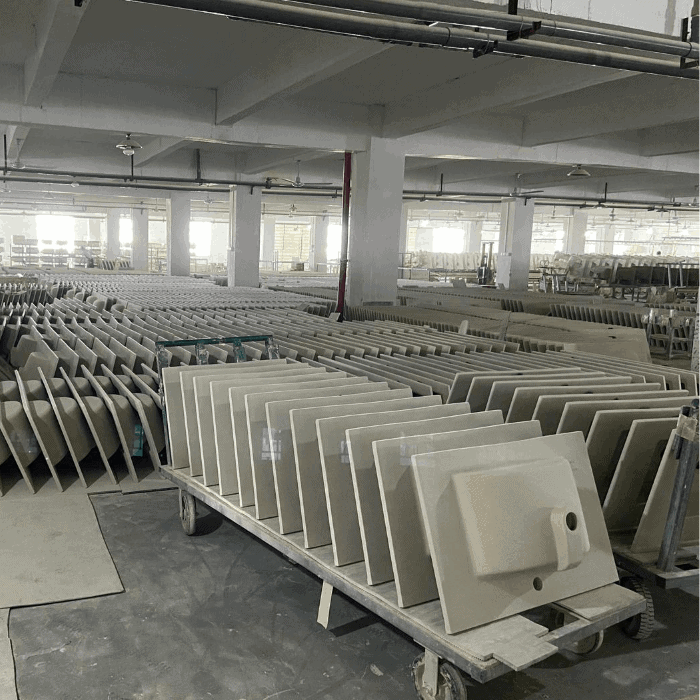
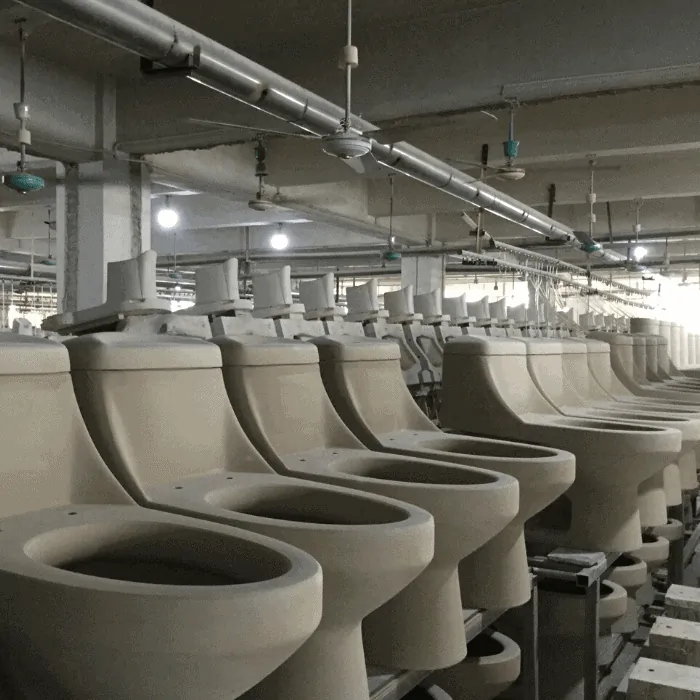
#5. Repair
Manual repair by workers with more than 10 years of experience in the industry enables the product to be inspected and remedied before glazing and firing, so as to improves the quality of the finished product, and thus reduces production costs.
The ceramic product’ body repairing focus on product size, concave protruding parts, and the straightness of basin edge. Repairing tools include the sandpaper, repairing knife or brusher.
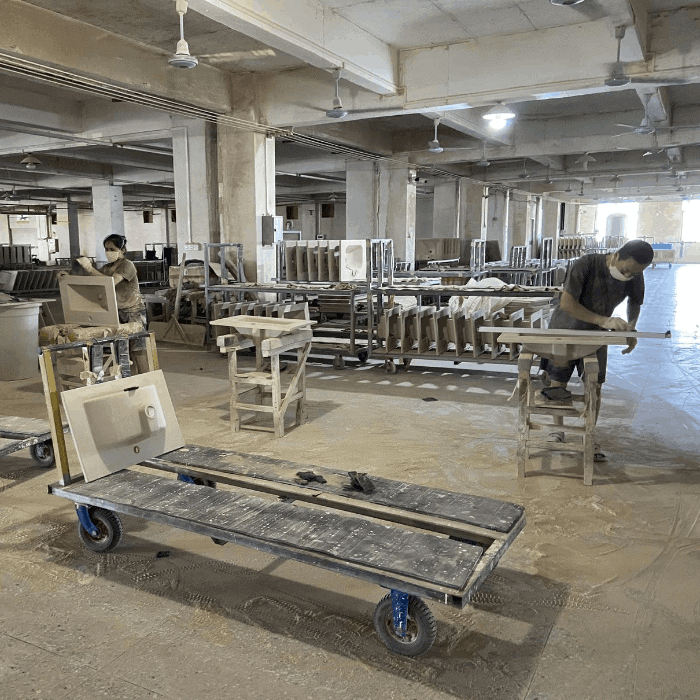
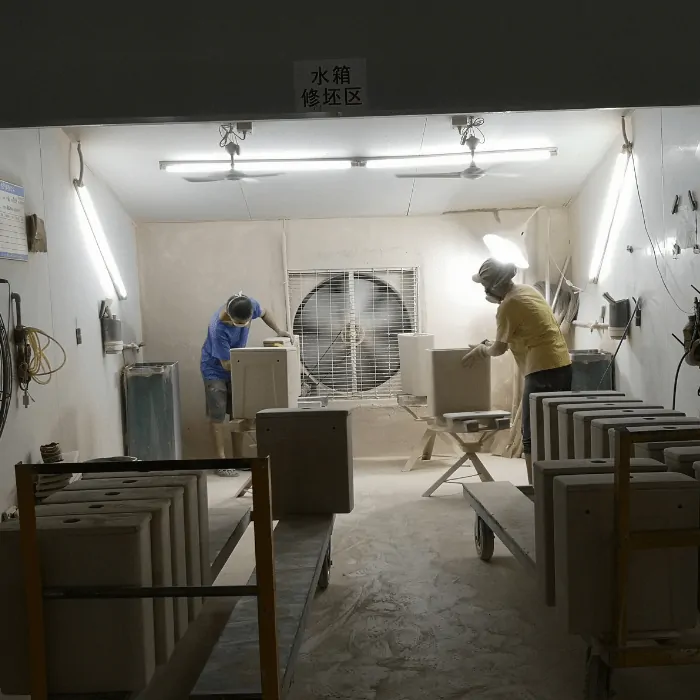
#6. 2nd Time Drying
After repairing the ceramic basin and toilet body, they will be sent to a space which is upstairs to the kilns for firing. The space keeps the residual temperature in 50 to 60 degrees (℃), or 122 to 140 degrees fahrenheit (℉). The products will be dried to 70% to 80% to the next inspection part.
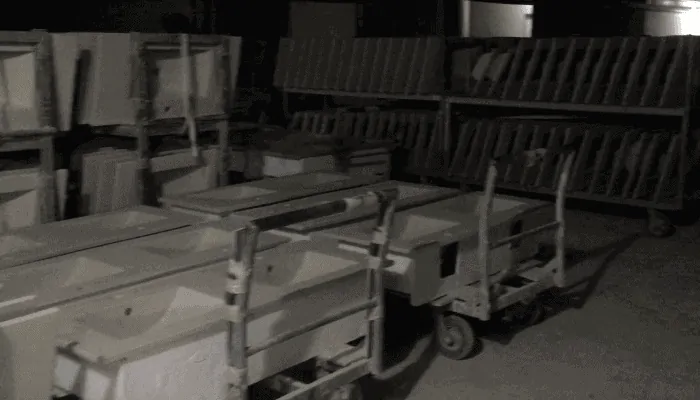
#7. Semi Finished Product Inspection
At each stage of production, our workers will check on the completion of the previous step before starting a new one. Whereas, the semi-finished product inspection is actually our named initial quality inspection. This inspection is to check if the product is with air bubbles, pinholes or cracks. Workers in protective clothing would clean the product with a sponge, apply kerosene, and check for defects in the light. If there is a defect, it will be returned to the previous steps for reproduction.
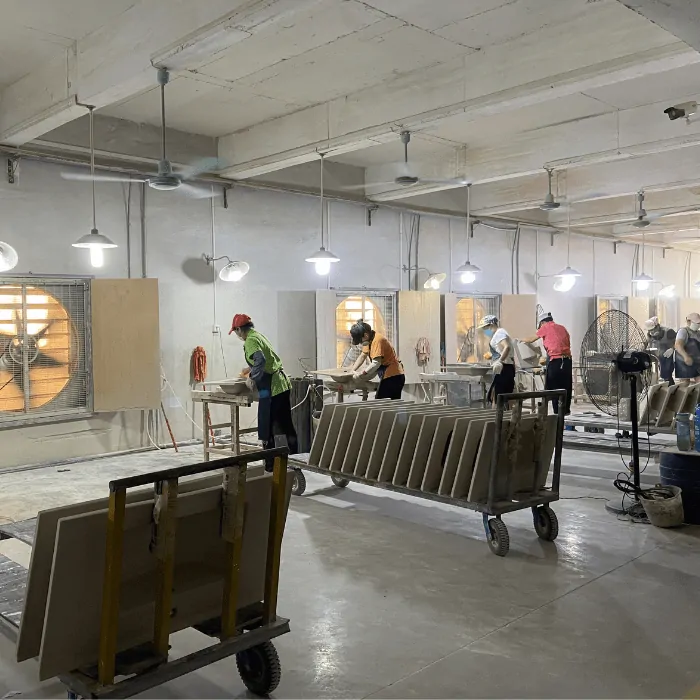
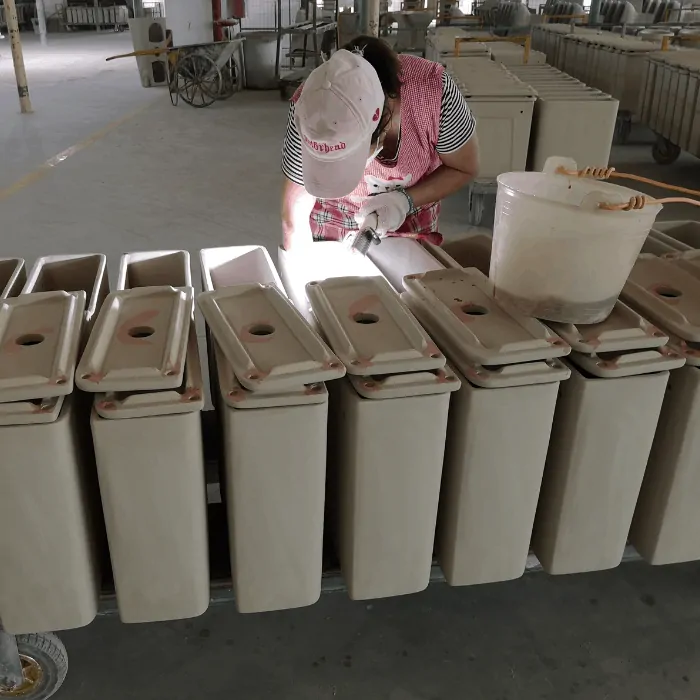
#8. Glazing
Using the automatic glazing machine, the glaze is evenly sprayed on the semi-finished product body. Manual glaze will be applied afterwards, this step mainly makes up the defects of uneven spraying glaze by the automatic machine.
By applying the 0.8mm thickness glaze with nano materials, it helps the ceramic basin and the toilet easy to clean, with high brightness, and reduce the breeding of bacteria.
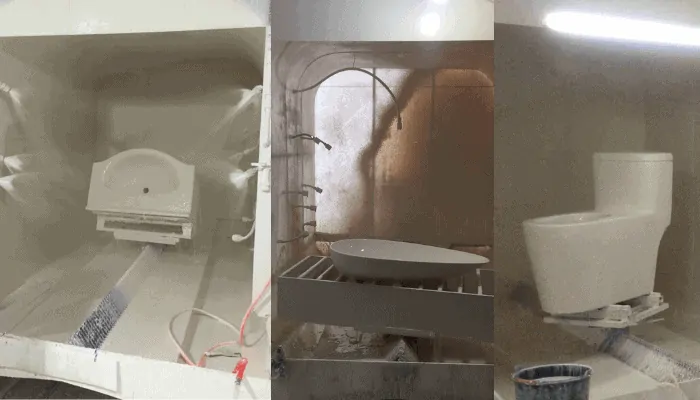
#9. Kiln Burning
Water content shall be less than 5% for the ceramic basin and toilet body before going into kiln burning. Staying in the shuttle kiln for over 17 hours (each shuttle kiln is 100CBM in volume), the highest temperature is 1280 degree to make the ceramic basin or toilet fully porcelainized.
The tunnel kiln is generally divided into preheating zone, firing zone and cooling zone. And ceramic products in the firing process go through four stages.
(Low temperature stage – Oxidation stage – High temperature and heat preservation stage –Cooling stage)
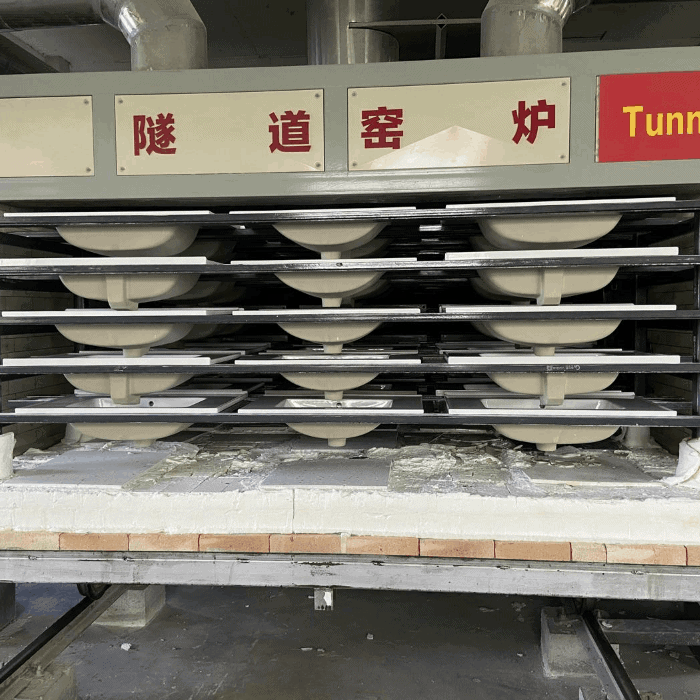
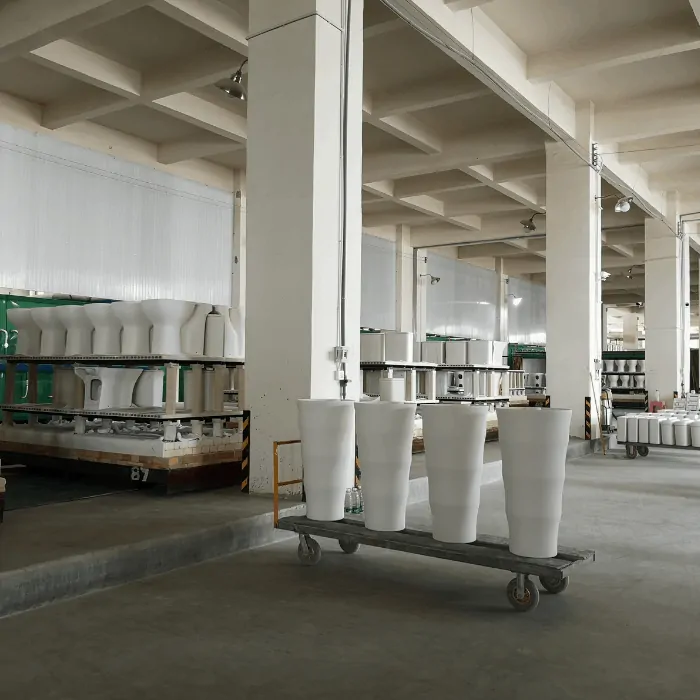
#10. Final Inspection and Testing
Tests carried out on finished products include visual inspection, flushing tests, water absorption, chemical resistance, crazing resistance, resistances to staining and burning.
Sunrex ensures the practical function can be achieved, as well as pursuits the utmost aesthetic function.
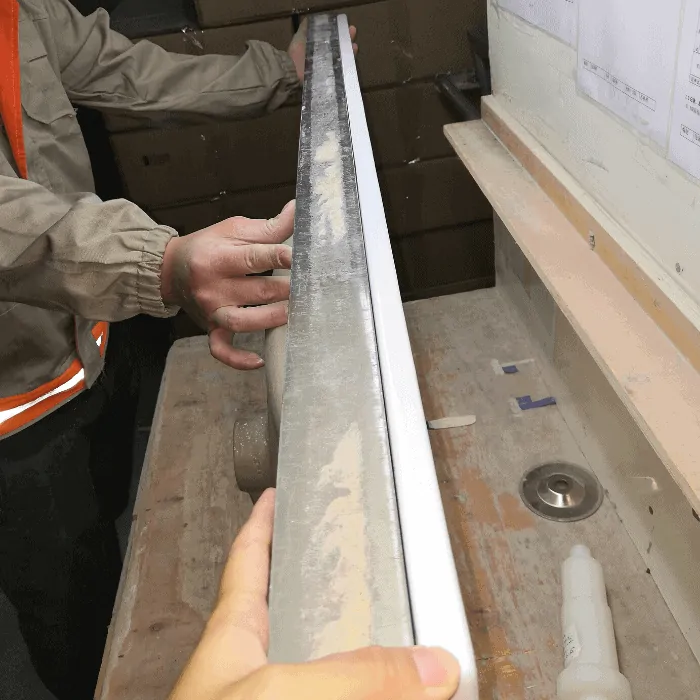
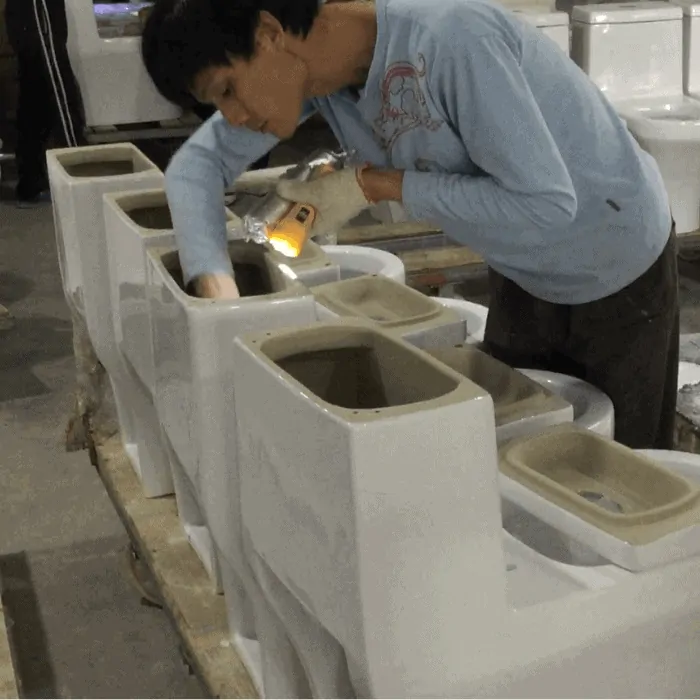
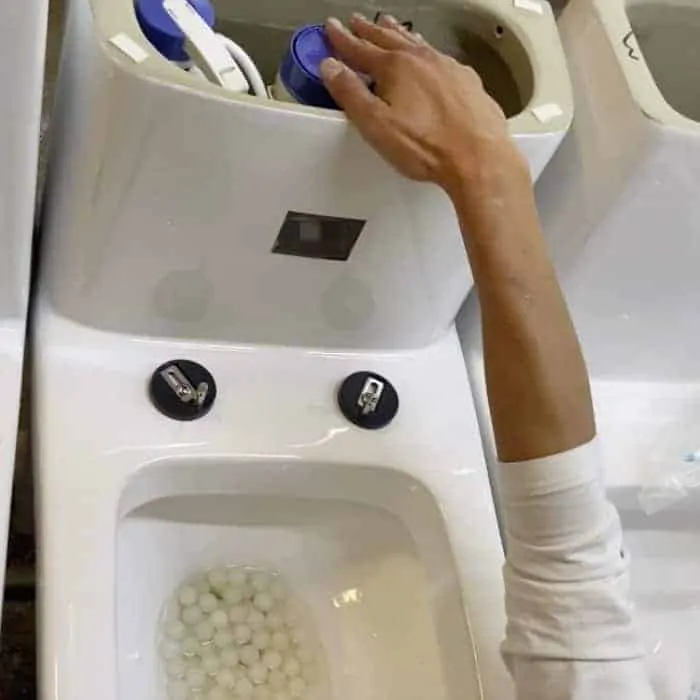
#11. Storage
Quality approved ceramic products will be stored in the warehouse for packaging and dispatched.
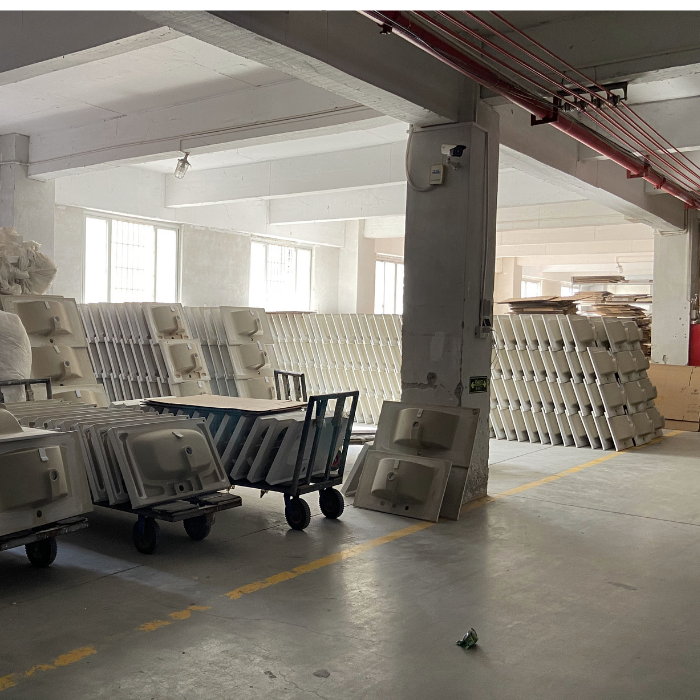
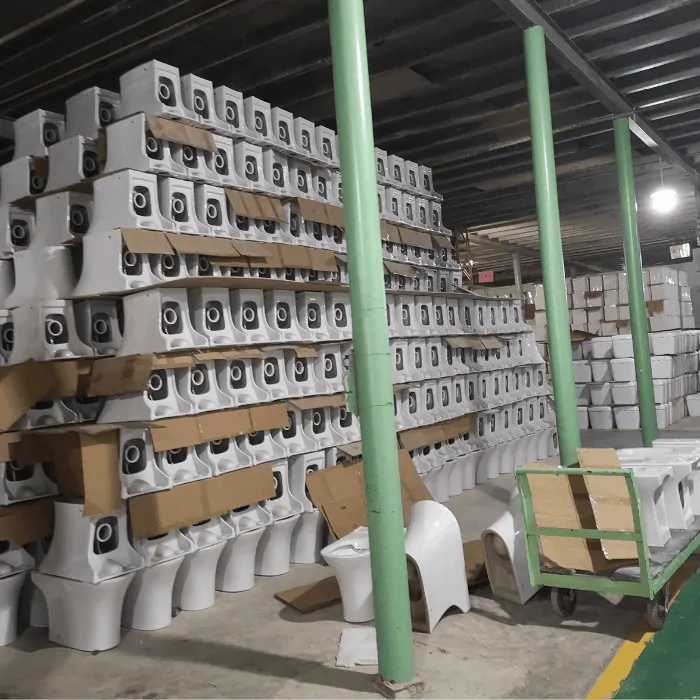
#12. Package
Standard or branding package will be applied in the package stage. The custom design package helps the brand to stand out. Good packaging ways could save the space in the container, deduct the cost when offloading at destination port, and help to storage better in your warehouse or at site.
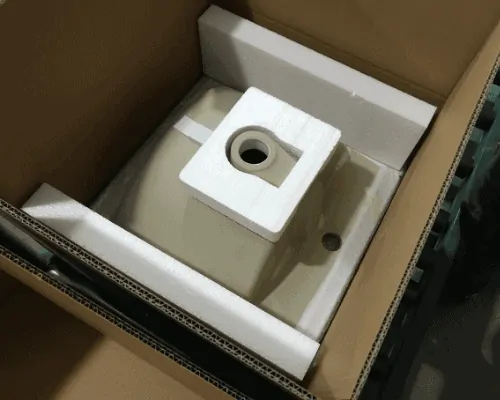
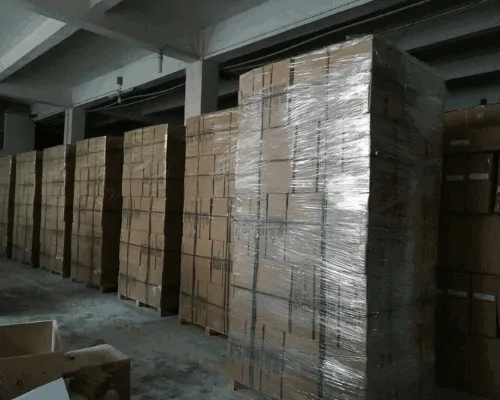
#13. Loading
Goods and packaging shall be in good condition before container loading. And experienced container loading team will load with the safest and most space-saving method.
